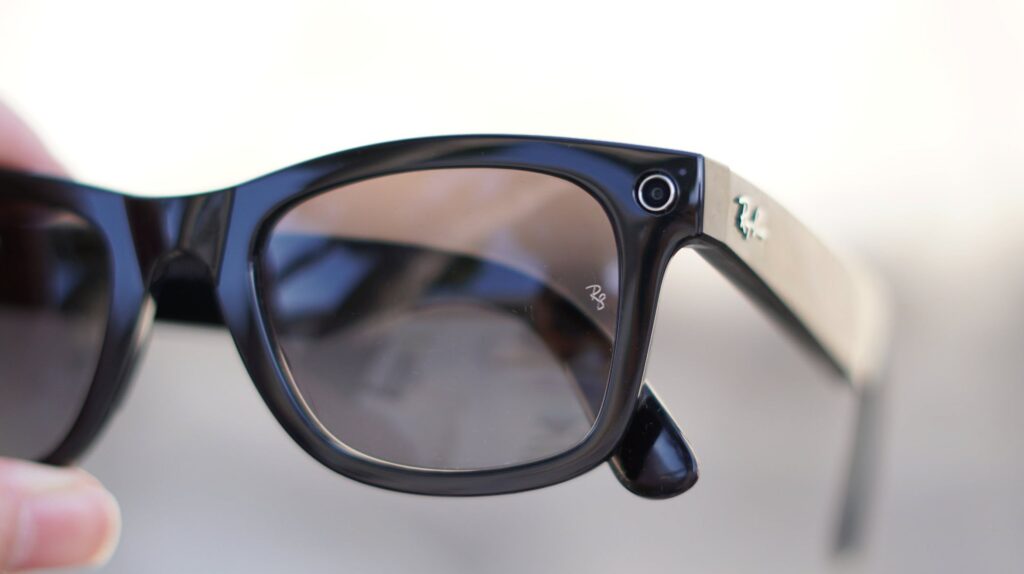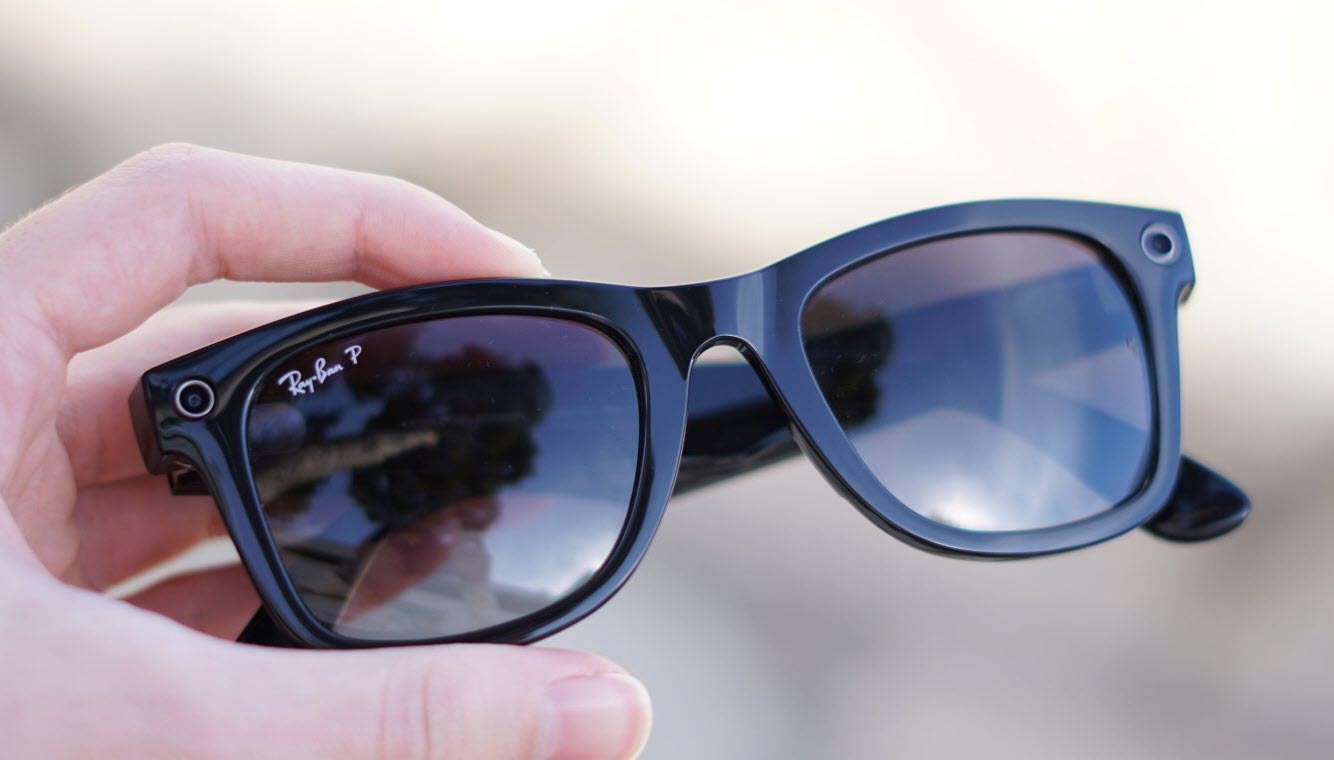Other Technology | August 8, 2023

Ray-Ban Stories have already earned a place among the strangest products Meta has launched in recent years. The smart glasses from Mark Zuckerberg’s company proved to be a good idea poorly executed, and therefore, it’s not surprising that they have failed to retain the interest of their buyers.
According to The Wall Street Journal, less than 10% of the sold Ray-Ban Stories are still in use. This clearly indicates that the device has fallen far short of meeting the expectations set by Menlo Park.
The mentioned media outlet reports that it has accessed a document from Meta indicating that, since its launch in September 2021 until February 2023, 300,000 units of the smart glasses were sold. However, the product co-created with Ray-Ban only maintained about 27,000 active users per month.
Thus, only 9% of Ray-Ban Stories buyers were using them regularly. In other words, 91% of those who acquired them opted to abandon them shortly after. The same document indicates that the glasses experienced a return rate of only 13%.

There is no doubt that the numbers are discouraging for Meta. While the market for smart glasses has expanded significantly in recent times, companies like Xiaomi and Lenovo have chosen to experiment with augmented reality or multimedia content consumption. Meanwhile, Ray-Ban Stories aimed from the start at a more social user experience, promoting the capture of photos and videos from a first-person perspective and integrating in-house services like WhatsApp.
However, the failure of Ray-Ban Stories would not be justified solely by a possible mistaken strategy on the part of Mark Zuckerberg and company. Multiple technical issues would have been crucial in explaining why the product has failed to maintain interest among those who decided to give it a chance.
The Wall Street Journal mentions that connectivity issues and poor battery life were crucial in thwarting any chance of success for the smart glasses. But they would not have been the only issues. Malfunctioning voice commands and speakers, as well as the inability to import multimedia content from other devices, would have also affected its commercial performance and retention rate among the public.
Despite the initial setback, Meta is still far from throwing in the towel with Ray-Ban Stories. The company would be aiming to launch a second generation of the device before the end of the year or, at the latest, by the spring of 2024. The new version would bring improvements in battery life and camera quality, and there have even been rumors of the development of their virtual assistant.
However, Californians would continue to promote a user experience similar to that of the original glasses. This would mean not incorporating elements of augmented reality or virtual reality to avoid overlapping with other Reality Labs projects. Additionally, Ray-Ban would offer a wider range of designs for the next Stories.
Will this be enough to reignite the interest of potential users? It remains to be seen if the price aligns with expectations. For now, it is unknown whether Meta plans to set the price of the upcoming Ray-Ban Stories the same as the original ones: $299 in the United States and €329 in Europe.